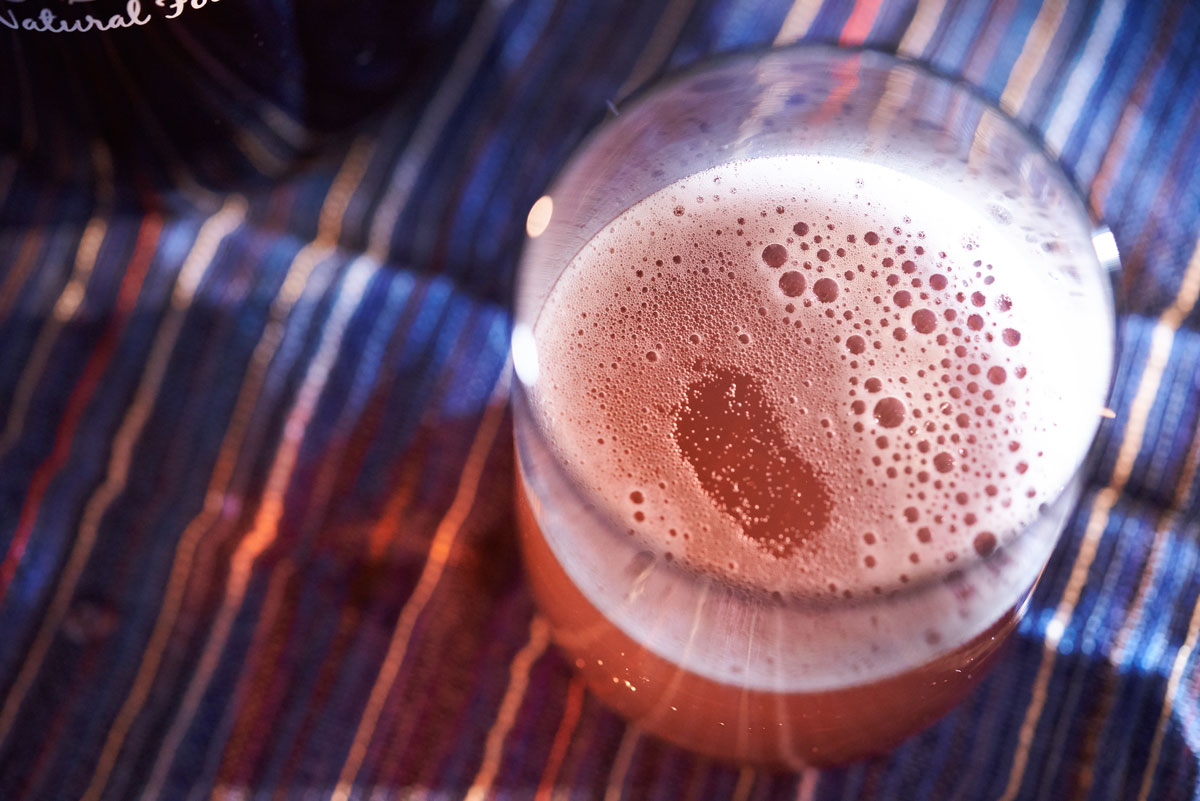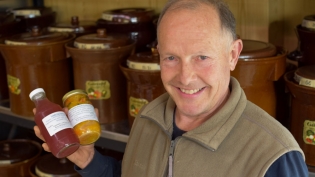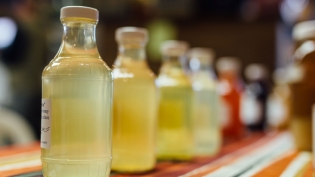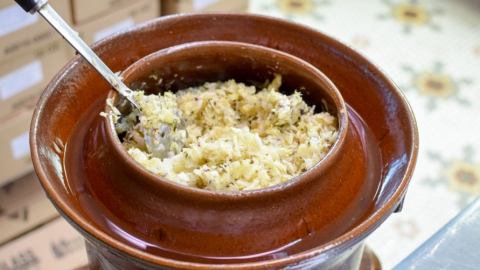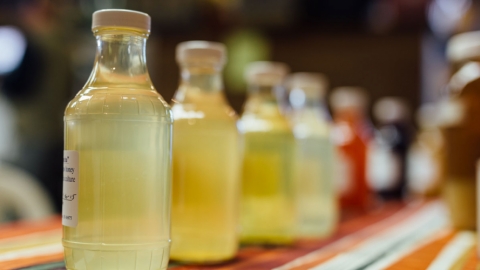Gut Instincts: The hidden world transforming our food and bodies
A bottle of bubbling bacteria that tastes like diluted vinegar with a hint of fruit juice: This is hardly an appetizing beverage description. I don’t remember exactly why I decided to try kombucha, a fermented tea drink, over 10 years ago, but I did—and it was delicious, very different than anything else I’d ever drunk. It made my often-unhappy stomach feel settled and calm.
If you had asked me about fermented foods then, alcohol, cheese and sauerkraut were the only foods that would have come to mind. A decade or two ago, fermented foods—what I call “healing foods”—were not part of my diet. Few, if any, traditionally fermented foods would have been on my plate. I didn’t know much about the gut, or what a probiotic was, or that bacteria play a vital role in our health.
With the help of a naturopathic physician, I learned about healing foods and making my gut happy. Food as medicine, the microbiome and the healing power of nature was so intriguing that it has become the basis of my personal and professional life. Without giving our gut the appropriate nourishment, it is hard to expect the rest of our body to function well.
Microbiomes and healing foods are finally enjoying their time in the spotlight. To me, one of the most fascinating aspects of the digestive tract is the microbiome, a term that describes the 10 to 100 trillion microbial cells, mostly bacteria, that live harmoniously with us inside our digestive tract.
The hundreds, and potentially thousands, of different types of bacteria that make up our microbiome have several jobs. Not surprisingly, these bugs help us digest food, they make a few vitamins, crowd out bacteria that can make us sick and teach our immune system what needs attention and what can or should be ignored. Our microbiome is quickly responsive to changes. This is good news if you want to improve your gut health—making a few simple changes can have an impact.
Want to nourish your microbiome but don’t know where to start? Begin with an open mind about trying new foods. One of the most influential factors on our microbiome is food, and fermented foods are a delicious way to support a healthier gut and microbiome.


